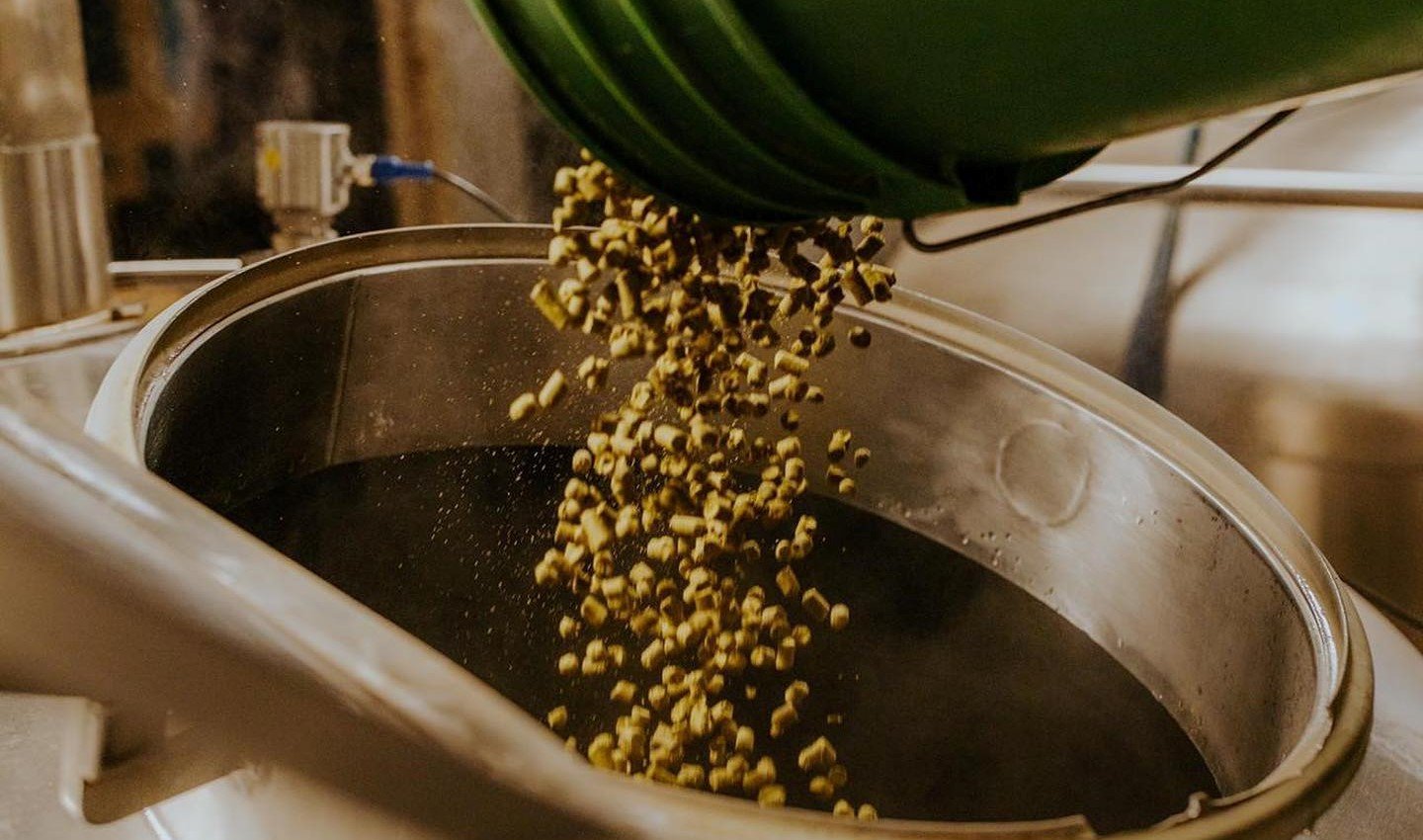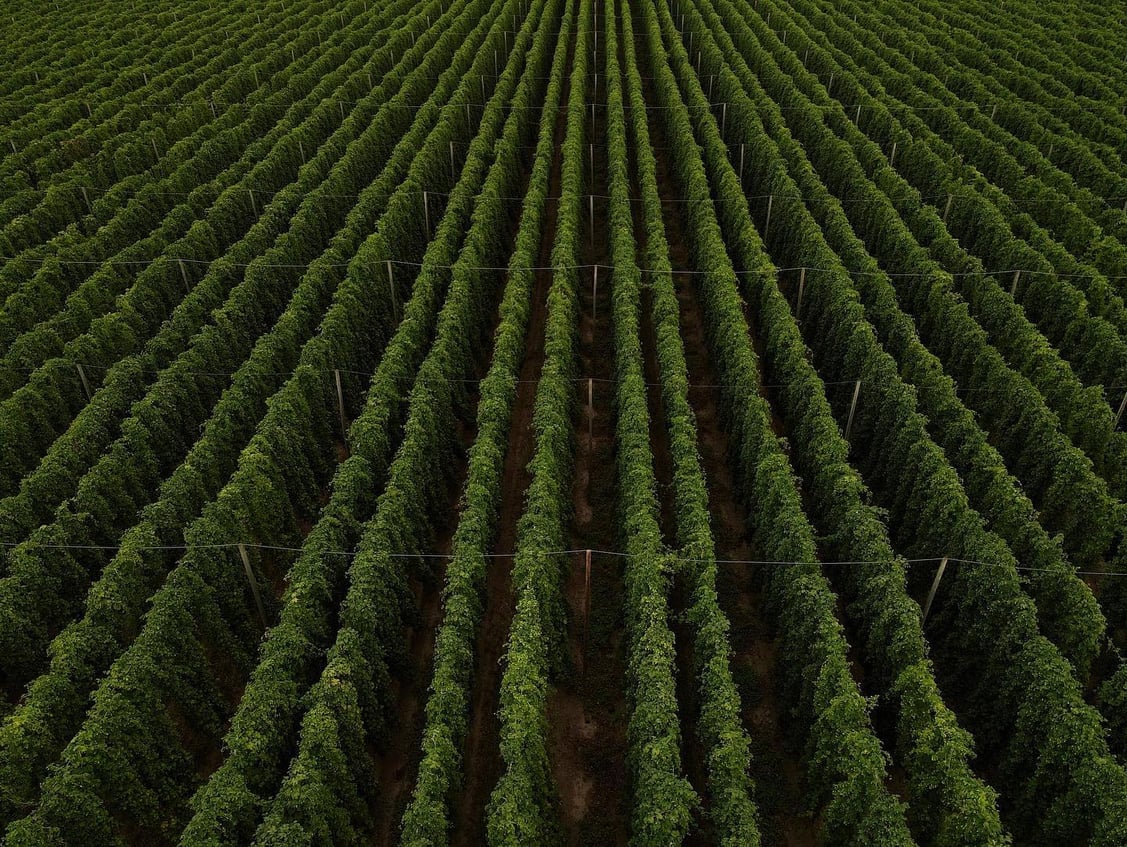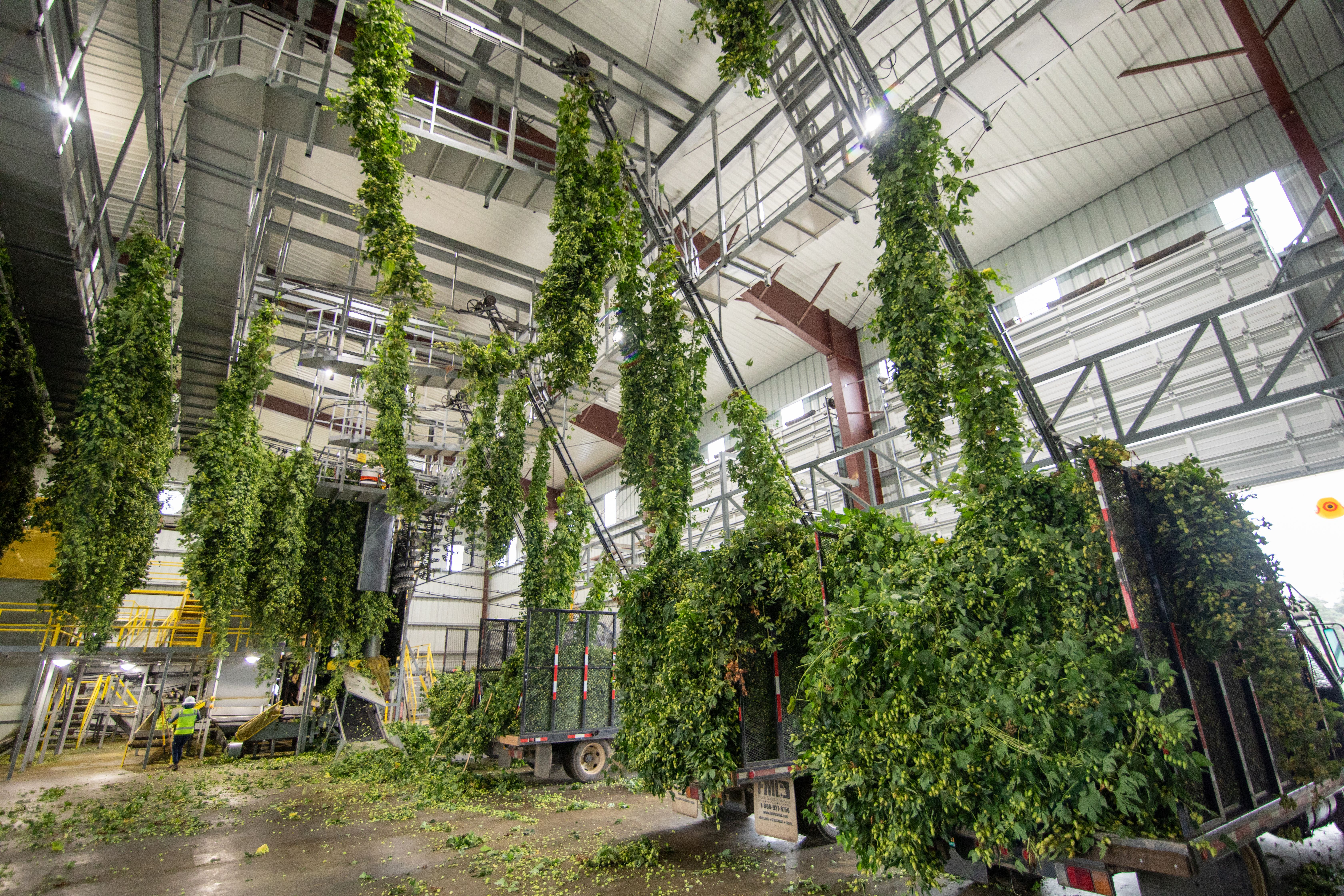Is Hop History Repeating Itself?
This Wired article from 2008 is starting to feel more relevant now than we are comfortable admitting.

Things are beginning to look a lot like the late aughts in the craft beer industry. No, Amber Ales aren't making a dramatic comeback, but the delicate balance of hop supply to market demand is currently tenuous at best. Over the past six years, hop supply has outpaced hop usage leading to a hop market that is flush with inventory of certain varieties. Many varieties of spot hops are plentiful, and the percentage of hop portfolios being secured through contracts has been steadily decreasing as a result.
Hop contracting is the primary signal growers use to determine which varieties to grow and how many acres to harvest in a season. There are too many financial risks for a farm to speculate and grow a hop crop without a firm sales commitment. Most major hop company bankruptcies of yesteryear were due to this type of market speculation - it’s the quickest way to fail in the hop industry. The major growers and dealers of today have too much to lose to play this dangerous game of chance at scale.

This lack of contracting led growers across the Pacific Northwest to remove unprecedented aroma hop acreage in 2023 to meet the signaled reduced demand and not be stuck with excess inventory going forward. You can see this data first hand in the 2023 US Hops Strung For Harvest Report recently released by the USDA. This market correction is already underway, and underscores why now is the time to start planning your hop needs for the upcoming crop years.
“The message here to brewers is you should be thinking about and be ready for this market swing,” said Bart Watson, Chief Economist for The Brewers Association in this Brewbound article. “We’ve been in an era where structurally there have been more hops available than we need to use: Hop markets have been flush; your brewer down the street always has extras; varieties that you need are easy to come by, particularly for the most produced varieties. And while that’s not going to change overnight, brewers need to be prepared for the eventuality that this market is going to correct.”

So, what happened in 2008? A combination of years of hop acreage reductions and a large hop warehouse fire in Yakima, WA created an ingredient shortage that stunned the industry. Brewers with long term hop contracts in place fared the best as inventory was prioritized in their favor. "A lot of brewers got caught short on hops," said Ken Grossman, then Head Brewer at Sierra Nevada Brewing company in Chico, California. "We have been in a fortunate position."
Those without contracts took the brunt of the crisis, paying $30-$40 per pound for varieties that cost $5 per pound just one year prior. But often, inventory was simply unavailable. Donald Gortemiller, former Brewmaster at the now shuttered Pacific Coast Brewing said to Wired, "When I called my hop supplier, they told me you're 250th on the list."
Back to 2023, and we have the opportunity to not let hop history repeat itself. The word “oversupply” is being thrown around a lot, but ultimately, oversupply and undersupply comes down to a variety-by-variety situation. For now there are indeed oversupplied hop varieties in the market, but with the precipitous acreage reduction of many key craft hop varieties the risks of the pendulum swinging the other way are higher than ever.
There is no need to panic-buy and contract out your next five years of hops. That creates a different challenge for suppliers (and brewers) that we do not want to encourage. The best course of action is to schedule time with your hop supplier(s) and plan out your needs accordingly with a conservative, realistic approach. Take a look at this blog and equip yourself with strategies for hop contracting best practices to set yourself (and your business) up for success.